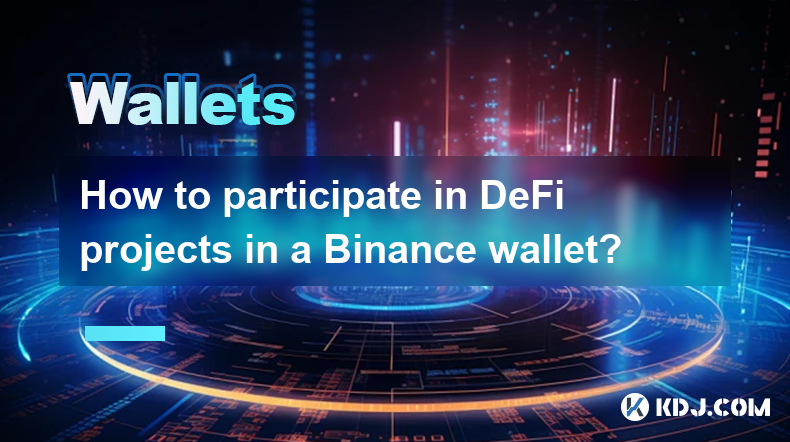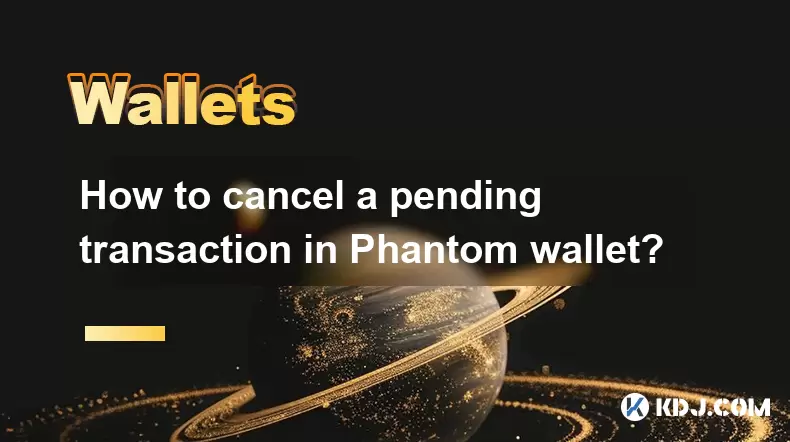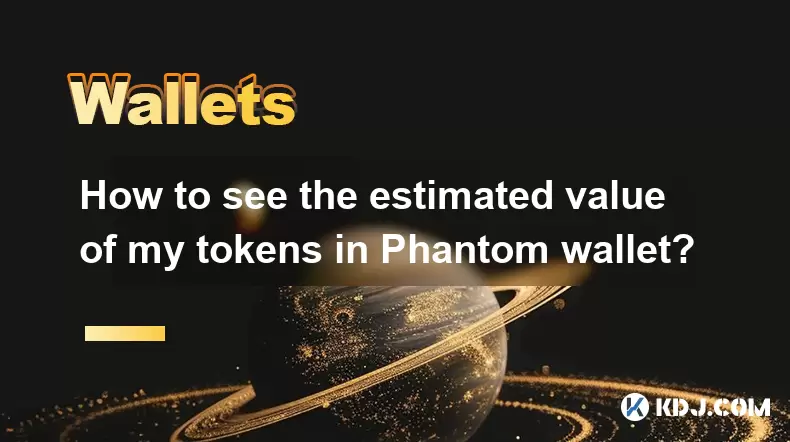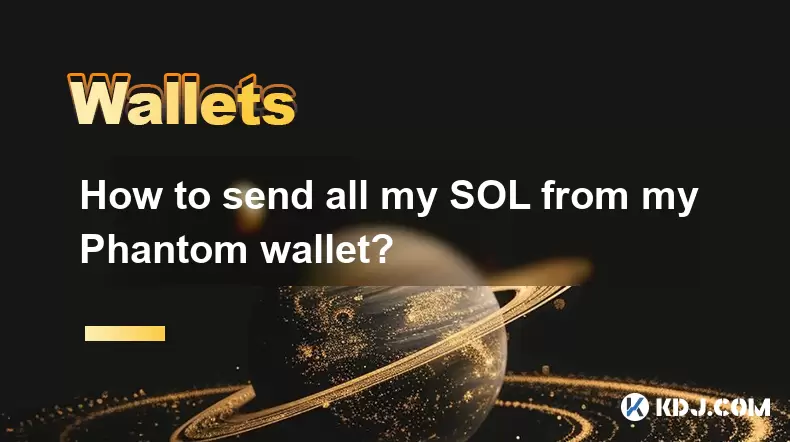-
 Bitcoin
Bitcoin $108,562.4295
0.46% -
 Ethereum
Ethereum $2,533.9553
1.52% -
 Tether USDt
Tether USDt $1.0002
-0.01% -
 XRP
XRP $2.2542
2.23% -
 BNB
BNB $662.4567
1.48% -
 Solana
Solana $151.4114
3.48% -
 USDC
USDC $0.9999
0.00% -
 TRON
TRON $0.2860
0.91% -
 Dogecoin
Dogecoin $0.1685
3.72% -
 Cardano
Cardano $0.5809
1.63% -
 Hyperliquid
Hyperliquid $39.2916
1.85% -
 Sui
Sui $2.8874
0.85% -
 Bitcoin Cash
Bitcoin Cash $496.5801
2.72% -
 Chainlink
Chainlink $13.3582
2.48% -
 UNUS SED LEO
UNUS SED LEO $9.0279
0.07% -
 Avalanche
Avalanche $18.0773
2.30% -
 Stellar
Stellar $0.2426
3.05% -
 Toncoin
Toncoin $2.9086
6.01% -
 Shiba Inu
Shiba Inu $0.0...01170
2.97% -
 Hedera
Hedera $0.1587
3.47% -
 Litecoin
Litecoin $87.4596
1.13% -
 Monero
Monero $317.0425
0.73% -
 Polkadot
Polkadot $3.3778
1.90% -
 Dai
Dai $0.9999
-0.01% -
 Ethena USDe
Ethena USDe $1.0001
-0.01% -
 Bitget Token
Bitget Token $4.4095
0.63% -
 Uniswap
Uniswap $7.3593
6.80% -
 Pepe
Pepe $0.0...09910
3.64% -
 Aave
Aave $274.7388
2.68% -
 Pi
Pi $0.4607
0.48%
How to participate in DeFi projects in a Binance wallet?
Binance Wallet lacks direct DeFi integration; using it requires bridging assets to compatible platforms, introducing risks like fund loss. Prioritize secure wallets and practices, or consider DeFi-focused alternatives like MetaMask for easier access.
Mar 21, 2025 at 05:28 pm

Key Points:
- Binance Wallet's limited DeFi integration: Binance Wallet doesn't directly support participation in most DeFi protocols.
- Utilizing external DeFi platforms: Accessing DeFi requires using other platforms and bridging assets.
- Understanding bridging risks: Moving assets between networks carries risks, including potential loss of funds.
- Security best practices: Prioritize secure wallets and practices to mitigate risks associated with DeFi.
- Exploring alternative wallets: Wallets like MetaMask offer more direct DeFi integration.
How to Participate in DeFi Projects in a Binance Wallet?
The Binance Wallet, while a robust platform for storing and managing cryptocurrencies, doesn't offer direct access to many Decentralized Finance (DeFi) applications. Unlike wallets specifically designed for DeFi interaction, like MetaMask, Binance Wallet primarily focuses on holding and transferring assets. This means participating in DeFi protocols from your Binance Wallet involves extra steps.
To engage with DeFi projects using your Binance Wallet, you'll generally need to transfer your assets to a wallet that is compatible with the specific DeFi platform you want to use. This usually involves a process known as "bridging." Bridging allows you to move your crypto assets from one blockchain to another. For example, you might bridge Binance Smart Chain (BSC) assets to Ethereum to participate in DeFi protocols on the Ethereum network.
Before bridging, carefully research the chosen bridge. Not all bridges are created equal. Some are more secure and reputable than others. Examine the bridge's security audits and track record before transferring any significant funds. A compromised bridge can lead to the loss of your assets.
The bridging process itself varies depending on the specific bridge and the blockchains involved. However, it generally involves these steps:
- Select a compatible bridge: Research bridges that support the transfer between your Binance Wallet's blockchain and the DeFi platform's blockchain.
- Connect your Binance Wallet: You'll need to connect your Binance Wallet to the bridge using your wallet's private key or a seed phrase. Never share your seed phrase with anyone.
- Choose the token to bridge: Select the specific cryptocurrency you wish to transfer.
- Confirm the transaction: Review all transaction details carefully before confirming.
- Wait for completion: The bridging process can take some time depending on network congestion.
Once your assets are bridged to the compatible blockchain, you can then interact with various DeFi protocols. This could involve lending and borrowing through platforms like Aave or Compound, providing liquidity to decentralized exchanges (DEXs) like Uniswap or SushiSwap, or staking your assets to earn rewards. Remember that each DeFi protocol has its own unique interface and set of instructions.
Always thoroughly research any DeFi protocol before participating. Understand the risks involved, including smart contract vulnerabilities, impermanent loss, and the potential for scams. Only invest what you can afford to lose.
Security is paramount when interacting with DeFi. Ensure your Binance Wallet is protected with a strong password and enabled two-factor authentication (2FA). Avoid connecting your wallet to untrusted websites or applications. Use reputable bridges and only interact with verified DeFi protocols.
Considering the added complexity of bridging and the security considerations, many users find dedicated DeFi wallets, such as MetaMask, to be more convenient and user-friendly. These wallets are designed for seamless integration with various DeFi platforms, simplifying the process considerably. However, the security of these wallets is still dependent on user best practices.
Frequently Asked Questions:
Q: Can I directly use my Binance Wallet to participate in DeFi?
A: No, Binance Wallet doesn't directly integrate with most DeFi platforms. You need to bridge your assets to a compatible network.
Q: What are the risks of bridging assets?
A: Risks include the loss of funds due to bugs in the bridge's smart contracts, scams, or exploits. Always research and choose reputable bridges.
Q: What is impermanent loss?
A: Impermanent loss is a risk associated with providing liquidity to DEXs. It refers to the potential loss incurred when the price of the assets you provided liquidity for changes significantly compared to when you deposited them.
Q: Are there any alternatives to using a bridge?
A: While bridging is the most common method, some DeFi platforms might offer native support for specific chains accessible from Binance Wallet, but this is the exception, not the rule.
Q: How do I choose a safe DeFi project?
A: Look for projects with thorough audits from reputable security firms, a strong community, and transparent development. Avoid projects with unrealistic promises or those lacking in transparency.
Q: What if I lose my assets during the bridging process?
A: Unfortunately, losses during bridging are generally unrecoverable. Always prioritize secure practices and only bridge amounts you can afford to lose.
Q: Is Binance Wallet secure enough for DeFi participation, even with bridging?
A: The security of your Binance Wallet is crucial, but the bridging process introduces additional vulnerabilities. Combining a secure wallet with thorough due diligence for the bridging process and the chosen DeFi protocol is essential.
Disclaimer:info@kdj.com
The information provided is not trading advice. kdj.com does not assume any responsibility for any investments made based on the information provided in this article. Cryptocurrencies are highly volatile and it is highly recommended that you invest with caution after thorough research!
If you believe that the content used on this website infringes your copyright, please contact us immediately (info@kdj.com) and we will delete it promptly.
- Altcoins in the Spotlight: What's Trending Now?
- 2025-07-07 02:45:12
- Pepe Coin's Plunge: Is the Frog Coin Ready to Bounce Back, or is Little Pepe the New Big Bet?
- 2025-07-07 02:47:22
- Sports Tokens: Market Cap Predictions for July 2025
- 2025-07-07 02:45:12
- DeFi, AI, and Crypto Resilience: Navigating the Future of Finance
- 2025-07-07 02:45:14
- Dogwifhat, Shiba Inu, and the Crypto Scene: What's Hot and What's Not?
- 2025-07-07 02:47:08
- Whales, Fartcoin, and Price Dips: What's the Deal?
- 2025-07-07 02:47:09
Related knowledge

How to cancel a pending transaction in Phantom wallet?
Jul 03,2025 at 07:21pm
Understanding Pending Transactions in Phantom WalletA pending transaction in the Phantom wallet occurs when a user initiates a transfer or interaction with the Solana blockchain, but it hasn't yet been confirmed by the network. This can happen due to various reasons such as low transaction fees, network congestion, or incorrect gas settings. It's import...

How to see the estimated value of my tokens in Phantom wallet?
Jul 04,2025 at 12:21am
What is Phantom Wallet?Phantom wallet is one of the most popular cryptocurrency wallets designed for the Solana blockchain. It allows users to store, send, receive, and manage various tokens built on Solana, including SPL tokens and NFTs. The wallet offers a user-friendly interface, making it accessible for both beginners and advanced users in the crypt...

How to lock my Phantom wallet extension?
Jul 03,2025 at 11:14am
What Is the Phantom Wallet and Why Lock It?The Phantom wallet is a popular non-custodial cryptocurrency wallet designed for interacting with the Solana blockchain. Supporting both browser extensions and mobile apps, Phantom allows users to store, send, receive, and stake SOL tokens, as well as interact with decentralized applications (dApps). Securing y...

Does Phantom wallet offer two-factor authentication (2FA)?
Jul 03,2025 at 09:00am
Understanding Phantom Wallet and Its Security FeaturesPhantom wallet is a widely used non-custodial cryptocurrency wallet that supports the Solana blockchain. It allows users to store, send, receive, and interact with decentralized applications (dApps) seamlessly. As security is a top priority for any crypto wallet user, security features like two-facto...

How to send all my SOL from my Phantom wallet?
Jul 06,2025 at 10:00am
Preparing to Send SOL from Your Phantom WalletBefore initiating any transaction, it is crucial to ensure that your Phantom wallet is fully set up and connected to the correct network. Phantom supports multiple networks, but for sending SOL, you must be on the Solana blockchain. Confirm this by checking the network indicator in the top-right corner of th...

What is "rent" on Solana and how does it affect my Phantom wallet?
Jul 02,2025 at 08:35pm
Understanding 'Rent' on SolanaIn the context of Solana, the term 'rent' refers to a storage fee that users pay for maintaining data on the blockchain. Unlike Ethereum, where storage costs are paid once via gas fees during contract deployment, Solana implements a recurring cost model to ensure efficient usage of network resources. This means that any acc...

How to cancel a pending transaction in Phantom wallet?
Jul 03,2025 at 07:21pm
Understanding Pending Transactions in Phantom WalletA pending transaction in the Phantom wallet occurs when a user initiates a transfer or interaction with the Solana blockchain, but it hasn't yet been confirmed by the network. This can happen due to various reasons such as low transaction fees, network congestion, or incorrect gas settings. It's import...

How to see the estimated value of my tokens in Phantom wallet?
Jul 04,2025 at 12:21am
What is Phantom Wallet?Phantom wallet is one of the most popular cryptocurrency wallets designed for the Solana blockchain. It allows users to store, send, receive, and manage various tokens built on Solana, including SPL tokens and NFTs. The wallet offers a user-friendly interface, making it accessible for both beginners and advanced users in the crypt...

How to lock my Phantom wallet extension?
Jul 03,2025 at 11:14am
What Is the Phantom Wallet and Why Lock It?The Phantom wallet is a popular non-custodial cryptocurrency wallet designed for interacting with the Solana blockchain. Supporting both browser extensions and mobile apps, Phantom allows users to store, send, receive, and stake SOL tokens, as well as interact with decentralized applications (dApps). Securing y...

Does Phantom wallet offer two-factor authentication (2FA)?
Jul 03,2025 at 09:00am
Understanding Phantom Wallet and Its Security FeaturesPhantom wallet is a widely used non-custodial cryptocurrency wallet that supports the Solana blockchain. It allows users to store, send, receive, and interact with decentralized applications (dApps) seamlessly. As security is a top priority for any crypto wallet user, security features like two-facto...

How to send all my SOL from my Phantom wallet?
Jul 06,2025 at 10:00am
Preparing to Send SOL from Your Phantom WalletBefore initiating any transaction, it is crucial to ensure that your Phantom wallet is fully set up and connected to the correct network. Phantom supports multiple networks, but for sending SOL, you must be on the Solana blockchain. Confirm this by checking the network indicator in the top-right corner of th...

What is "rent" on Solana and how does it affect my Phantom wallet?
Jul 02,2025 at 08:35pm
Understanding 'Rent' on SolanaIn the context of Solana, the term 'rent' refers to a storage fee that users pay for maintaining data on the blockchain. Unlike Ethereum, where storage costs are paid once via gas fees during contract deployment, Solana implements a recurring cost model to ensure efficient usage of network resources. This means that any acc...
See all articles

























































































